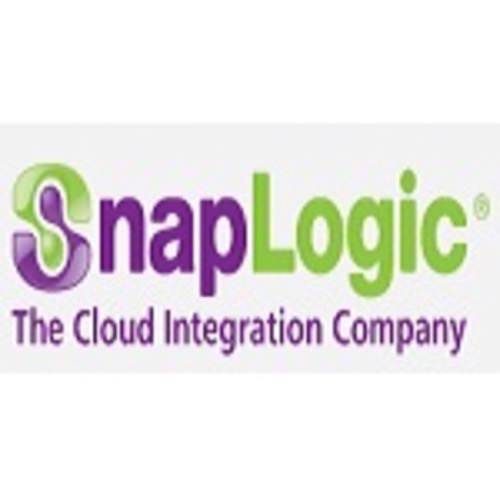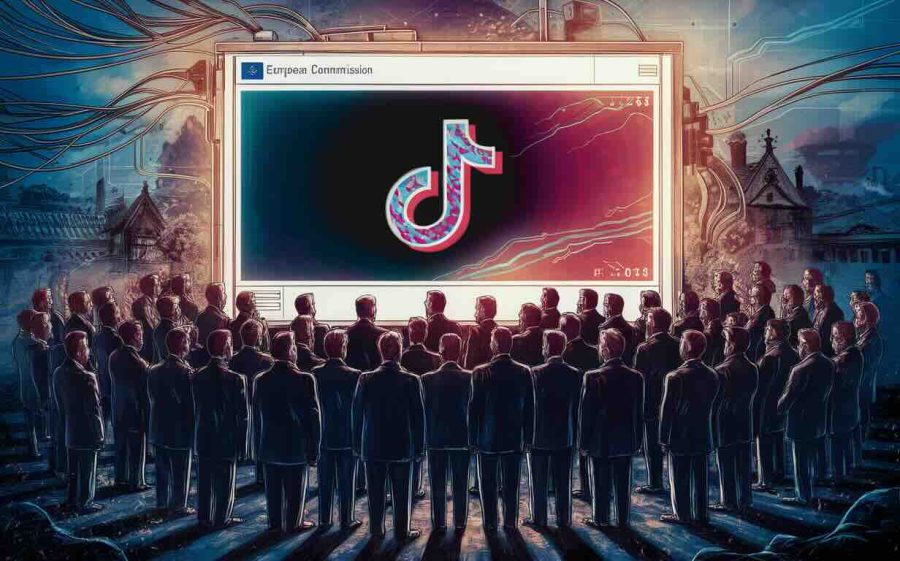SnapLogic is a cloud integration platform. It offers an app store (called the SnapStore) of connectors (called snaps) for integrating services like Box, Netsuite, and Salesforce.com. Unlike Jive or Salesforce.com, which offer services in addition to an app store, SnapLogic is focused on being a platform for connecting other services. Customers can also build their own snaps through a visual programming interface.

SnapLogic rigorously vets submissions to its app store, and applications are sandboxed. SnapLogic Server has support for both Active Directory and LDAP, enabling enterprises to integrate services with their existing access controls.

SnapLogic was co-founded by CEO Gaurav Dhillon, best known as the founder of Informatica. Earlier this month, the company closed an additional $10 million in funding and Ben Horowitz of Andreessen Horowitz joined the board. Horowitz explained why Andreessen Horowitz decided to invest in SnapLogic on his blog:
Ordinarily, we would automatically disqualify an entrepreneur with such a massive financial success from funding, so when he came into pitch us on his new company SnapLogic I was skeptical. At this point, you are probably thinking: “Ben, you are an idiot. Why are you against hiring successful people?” It is a long story, but in summary, one general rule of mine is don’t hire or fund rich people. The reason? Building a technology company is hard. It’s really frackin’ hard. Many of the tasks that you do when building one are no fun. When things go wrong as they always do, it’s no fun at all. Rich people tend to like to work on things that they enjoy, because if they don’t enjoy it, well, they are already rich. When the going gets tough, the rich get going . . . to their vacation homes and their yachts.
As a result, much of the time that I spent evaluating Gaurav’s new company, SnapLogic, was dedicated to analyzing Gaurav’s personal motives. I wanted to know if there was some new force that could be stronger than the strong force of rich-people’s laziness. John Reed, the former CEO of Citigroup once said to me: “Ben, the only reason to start a company is because you have an irrational desire to do so, because it’s not worth the money.” I had to find out if Gaurav was irrational enough to fund. After much investigation, I found Gaurav to be completely irrational–in a good way. Although, Informatica is considered a great success, it isn’t a great success for Gaurav, because he deeply believes that both the idea and his ability to execute it exceed the outcome that he achieved. So much so that our diligence found him working round the clock, running a hyper-intense environment and looking very much like a 20 year old entrepreneur on a mission from God. When my partner Marc asked me whether we should be backing an entrepreneur who is already rich, I replied: “it depends on whether we should believe my beautiful theory or my lying eyes.” He said, “let’s go with your lying eyes.”
We’ve covered Jive and Salesforce.com’s transformation into platform companies, emphasizing the Sovos Group‘s Sameer Patel’s analysis of the paradigm shift involved:
Here’s what I sense: Those very CIOs that choose to buy all apps from one vendor (Oracle, SAP, etc.) do so for many reasons, but one of them is architectural convenience. They realized then that every application procured from said vendor is not going to be best in class. But when it comes to some applications, ‘living with good enough’ was a welcome tradeoff to integration headaches of a best of breed approach.
What Salesforce.com seems to be doing now is setting the foundation for a standardized cloud based operating systems and development environment, yet offering the convenience of picking from a plethora of application choices for each conceivable system-of-record category via force.com to fits each customers business needs. That might just be the ticket some CIOs need to get unsatisfied business users off their back: Standardize the platform element to prevent a hodge podge architecture but shift the risk functional selection out of IT and back to business owners who can now make the decision on which application to select.
SnapLogic’s approach doesn’t require that a company pay for specific services in order to gain access to a platform. SnapLogic is a bit more like an operating system for cloud services. On the other hand, it seems less well suited to the sort of casual app experimentation provided by platforms like Google Apps Marketplace and the forthcoming Jive Apps Market. That could change as more snaps are developed and submitted.










